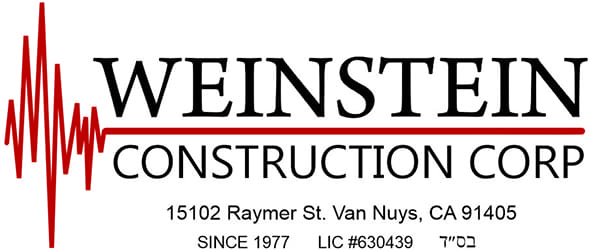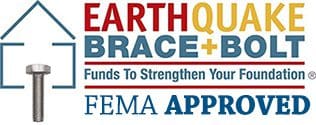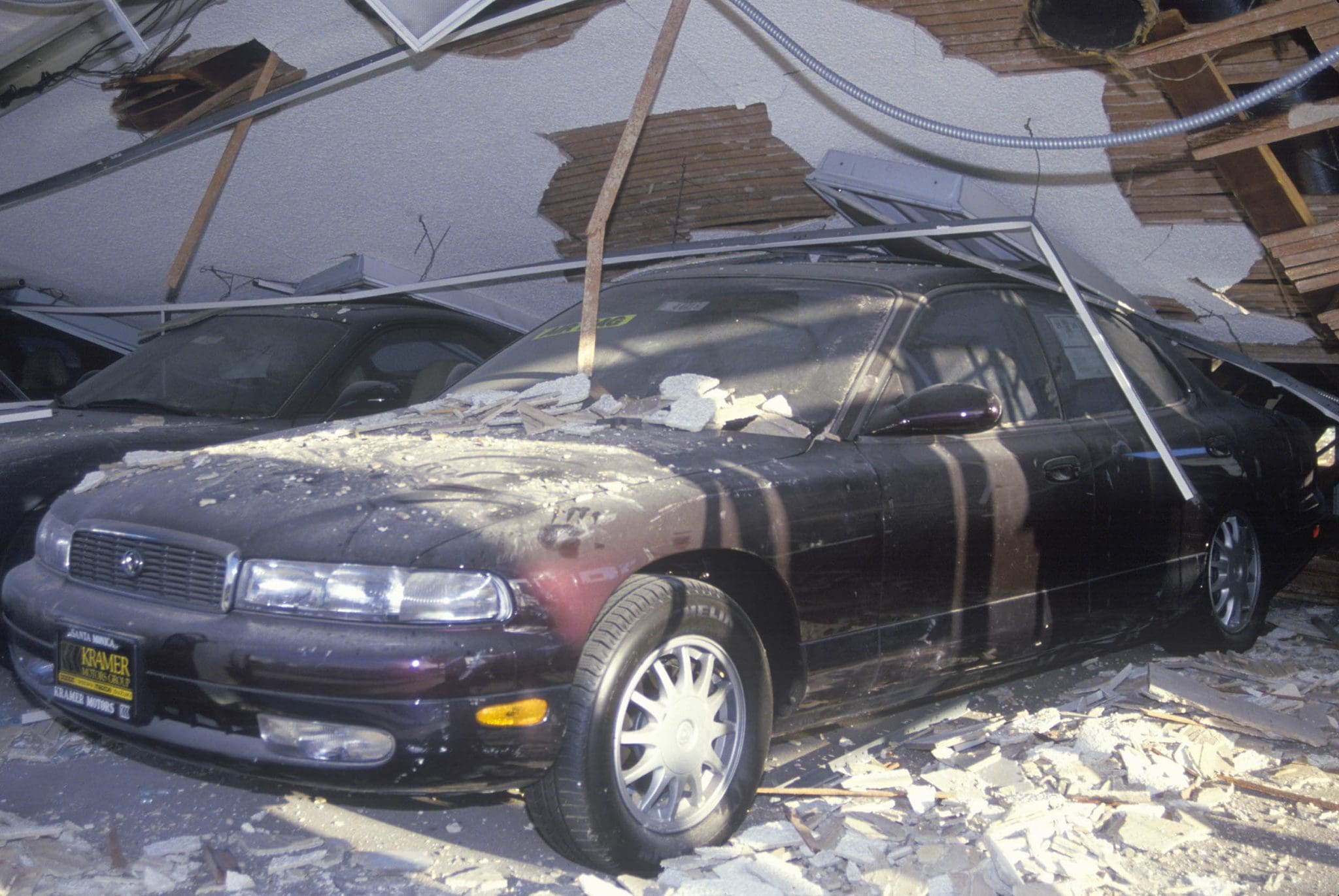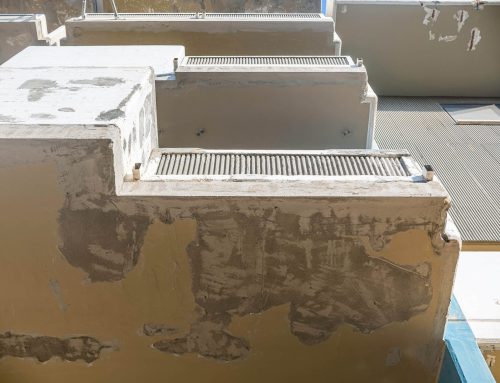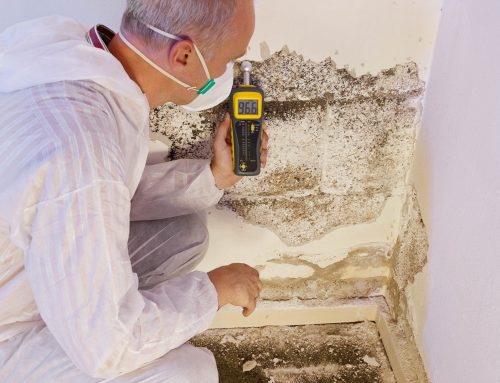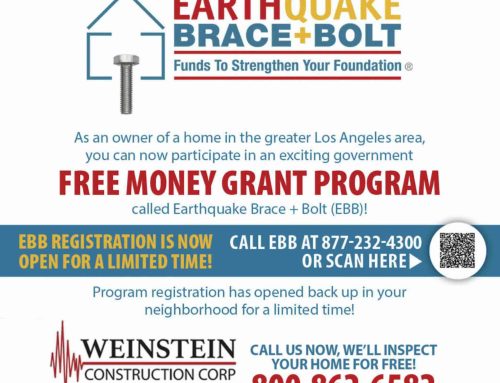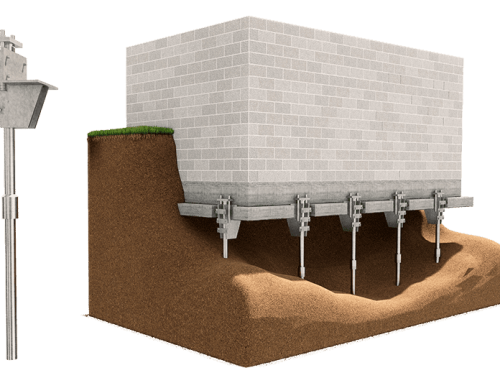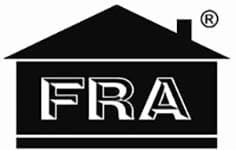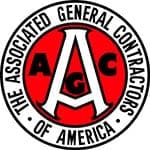What does it mean to retrofit a Soft Story building
If you are an owner or manager of a Los Angeles based commercial property, you may have already heard of the Los Angeles Department of Building and Safety (“LADBS”) mandatory Soft Story Retrofitting Program and how Los Angeles commercial property owners can prepare for an earthquake. In brief, the City of Los Angeles’ Soft Story Retrofit Program and the City’ Ordinances 183893 and 184081 identify buildings that are vulnerable to structural failure both during and after an earthquake and mandate fixes to ensure that such buildings remain safe when seismic activity hits.
What is considered a “Soft Story” building
At this point, you may be asking: what is a “Soft Story” building? Well, a Soft Story building, even if it has a caisson foundation, typically has a weaker first floor that is unable to carry the weight of the stories above it during an earthquake. Such buildings also typically have large windows or openings in their perimeter walls, for example warehousing, garages, or tuck-under parking.
This Los Angeles Program is mandatory, and it requires the owners of such vulnerable buildings to comply with City Ordinances 183893 and 184081 and retrofit their buildings within a specific timeframe. In this blog and in the next few weeks, we will cover the various steps involved in a typical mandatory Soft Story retrofit project. “
What is the mandatory Soft Story Retrofit Program Los Angeles
Naturally, at the forefront of everyone’s mind is the question: what exactly is the mandatory Los Angeles Soft Story Retrofit Program? The goal of the City’s mandatory retrofit program is to reduce the structural deficiencies of specifically identified buildings in an economical way. Those buildings that were deemed most vulnerable have the following attributes:
- Consist of two or more stories of wood frame construction
- Built under code standards enacted before January 1, 1978 and
- Contain ground floor parking or other similar open floor spaces.
Note that the retrofit program does not apply to residential buildings with three or fewer units. To verify if your building is within the scope of the Program, you can refer to the Department of Building and Safety (“LADBS”) and its Permit & Inspection Report.
Have you received your “Order to Comply”
It is important to note that the City has already sent each property owner of an identified building an “Order to Comply” beginning on May 2, 2016 and through November 6, 2017. If you are a Los Angeles property owner who should comply with the City ordinances, you should have already received an Order to Comply, and if you haven’t, please check with the City to see why not!
Over the next few blogs, we will devote some time to discussing the typical steps taken in carrying out a Soft Story retrofit project. This week we will explain the first step in a Soft Story Retrofit project! Come back to our blog next week to read the next entry in the series!
What is the timeline to comply with the Los Angeles Soft Story retrofit program
If you are wondering what is the timeline for property owners to comply with the City of Los Angeles’s mandatory Soft Story program, it is important to note that after receipt of the City’s “Order to Comply” as described above, the property owner must keep careful note of the following critical deadlines:
- Within 2 years from the receipt of the Order to Comply: submit to the City proof (e.g., a structural analysis) that shows that the building has already had a previous retrofit, or submit plans to retrofit or demolish the building
- Within 3.5 years from the receipt of the Order to Comply: obtain a City permit to start construction or demolition and
- Within 7 years from the receipt of the Order to Comply: complete the demolition or the retrofit project.
Next, the property owner should schedule an inspection by a licensed contractor who is highly-skilled in undertaking Soft Story Retrofitting projects. For example, Weinstein Construction, has since 1977, specialized in earthquake mitigation services, providing over 75,000 free, no-obligation home inspections to residential and commercial property owners in the Greater Los Angeles area. At this point, the property owner should also make sure that the licensed contractor’s inspection is followed up by having a licensed structural engineer draft plans for the project. Once the City approves the plans, the contractor-of-record can pull a City permit and at that point the project is ready to go!
Next week we’ll discuss the mandatory City of Los Angeles Tenant Habitability Plan (“THP”) requirements and how a Soft Story Retrofit project is kicked-off!
If you want to hear more about the mandatory Soft Story Program, or if you’d like to schedule a free, no-obligation inspection of your Soft Story building, call the professionals at Weinstein Construction at (888) 412-8363! Be prepared and have peace of mind when the next “Big One” hits!
